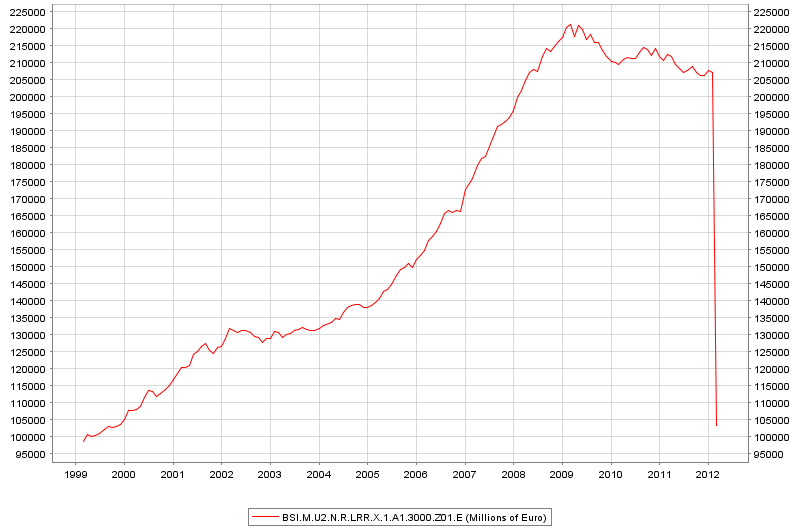Earlier this week, the Reserve Bank of India reduced banks’ reserve requirements by 50bps. It’s called Cash Reserve Ratio and the RBI reduced it from 6.00% to 5.50% with effect from the following week.
The Reserve Bank of India is one of the most backward central bank in liquidity management and sometimes panics and changes the reserve requirements. Typically this happens when taxes flow into the government of India’s account at the RBI and since this is not smooth, the RBI simply doesn’t know what to do.
To me this confusion was good, because three years back when someone asked me to read about this in office, I came across this Reuters article and after reading it (and slightly before when I became interested in macroeconomics after the Federal Reserve announced a Large Scale Asset Purchase Program, popularly known as “QE”) I started having suspicions on the way economists seem to describe banking and economics. This ultimately led me to some Neochartalists’ blogs and finally to Post-Keynesian Economics.
In many countries central banks have a zero-reserve requirement, such as in the UK, Canada, Sweden, Australia and New Zealand. In the United States, the Federal Reserve imposes a requirement of 10% with additional complications.
Basil Moore in his 1988 book Horizontalists and Verticalists goes into the details of central banking operating procedures and provides a fantastic account of central banking. See pages 63-65 and 95-97 for reserve requirements.
From page 63-65:
… Fed non-interest earning reserve requirements put member banks at a disadvantage relative to non-members, who were generally allowed to hold interest-earning assets as reserves and who in addition typically had lower reserve requirements. Because membership in the Federal Reserve system is voluntary under the dual banking system tradition, as interest rates rose an increasing number of banks withdrew from the system. In desperation the Federal Reserve finally proposed to pay interest on required reserve balances. Congressional reaction to this potential erosion of seigniorage from reserve earnings was loud and swift and led rapidly to the Monetary Control Act of 1980. Its solution, to make reserve requirements universal and uniform for all depository institutions, whether members of the Federal Reserve or not, was, as revealed in the 1979 hearings before the Senate Banking Committee, a compromise clearly designed to safeguard the volume of Fed-Treasury transfers and at the same time reduce membership attrition for the Fed.
Contrary to conventional wisdom, changes in reserve requirements imposed by the central bank do not directly affect the volume of bank intermediation. A change of required reserve ratios influences the volume of bank intermediation only indirectly, by affecting the required reserve markup or spread. A rise (reduction) in reserve requirements raises (lowers) the cost of obtaining funds to place in loans financed via additional reservable deposits, in the manner of an indirect tax. The banks will therefore raise (lower) the markup of their lending rates over their borrowing rates. As a result, depending on the interest elasticity of demand for bank credit, the volume of bank intermediation will be indirectly reduced (increased).
From pages 95-97:
… In practice the Federal Reserve fully compensates for any excess reserves created by a lowering of reserve requirements by open-market sales so as to maintain free reserves at some target level. This evidence is clearly consistent with the notion that nominal money stock is demand-determined …
There are other effects. The ECB governing council decided in December to reduce reserve requirements to 1% from 2% January 18. This “freed up” a lot of collateral banks in the Euro Area needed to pledge to the Eurosystem, thereby providing some relief to the banking system in crisis.
Chart Source: ECB
On 18 January, reserve requirement was €103.33bn as compared to €207.03bn on the previous day.
